Anti social personality disorder case study
Antisocial Personality Disorder | Abnormal Psychology
Name: The Grinch
Source: How the Grinch Stole Christmas! (Movie, 2000)
Background Information
The Grinch, who is bitter and cave-dwelling creature, lives on the snowy Mount Crumpits, a 10,000 foot high mountain that is north of Whoville. His age is undisclosed but he looks to be in his 40’s and does not have a job. He normally spends a lot of his time being alone in his cave. The patient appears to be suffering from antisocial personality disorder with depressed mood. There was no background history on his family, as he was abandoned as a child. The Grinch was taken in by two ladies who treated him like he was their own like every other Who children with love for Christmas. He does not have any social relationship with his friends and family. The only social companion the Grinch has is his dog Max. There was no history of drug or alcohol use. The Grinch did have some life difficulties when he was a little boy being made fun of the way he looks at his school.
The Grinch had no goal in his life except to stop Christmas from happening. The coping skills and weakness was to run away from his problems and leave the town, rather than facing problems.
Description of the Problem
The Grinch displays a number of problems. The Grinch was not a very happy man with life. He hated Christmas and wanted to stop it from happening. When he was little, he got irritated and aggressive at the school because he was being made fun of by the fat boy who now is the mayor of the town. The Grinch threw a fit and picked up the Christmas tree and threw it to the other side of the classroom. After that he no longer liked Christmas. Years and years later the Grinch decided that he was going to stop Christmas from happening. He decided to dress as Santa Claus and take away all the Christmas trees and presents from the people of Whoville. He failed to plan ahead to know what the consequences would be. As he went to Cindy Lou Who’s house to steal their tree and present, Cindy Lou asked him why he was taking the Christmas tree.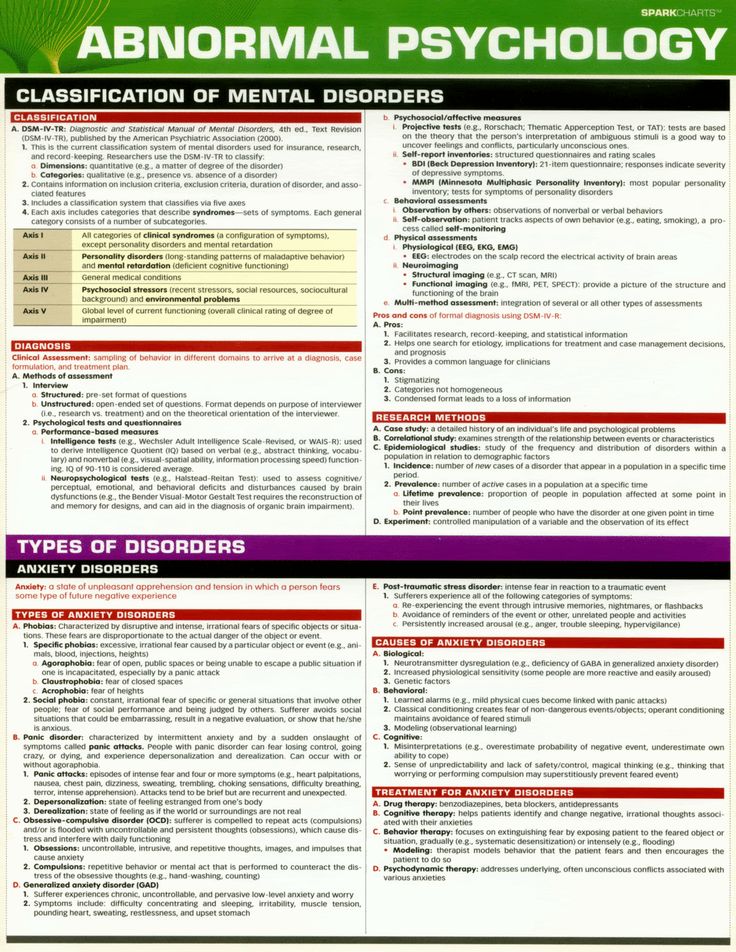 He told her that he going take the tree to his place and fix the light bulb. The Grinch did not show any remorse of what he did. He wanted Christmas to be over. He also did not care for the safety of other including his dog. His dog had to be the reindeer. The Grinch was irresponsible and thinking recklessly. He wanted everyone miserable and thought that would make him feel better.
He told her that he going take the tree to his place and fix the light bulb. The Grinch did not show any remorse of what he did. He wanted Christmas to be over. He also did not care for the safety of other including his dog. His dog had to be the reindeer. The Grinch was irresponsible and thinking recklessly. He wanted everyone miserable and thought that would make him feel better.
Diagnosis
The diagnosis that seems appropriate for the Grinch is Antisocial Personality Disorder (301.7).
- There is a pervasive pattern of disregard for and violation of the rights of others occurring since age 15 years, as indicated by three (or more) of the following:
- failure to conform to social norms with respect to lawful behaviors as indicated by repeatedly performing acts that are groups for arrest
- He would have gotten big trouble for stealing all the trees and presents. Also he got in trouble by getting peoples mails in the wrong box. The Grinch did not realize there are consequences.

- He would have gotten big trouble for stealing all the trees and presents. Also he got in trouble by getting peoples mails in the wrong box. The Grinch did not realize there are consequences.
- deceitfulness, as indicated by repeated lying, use of aliases, or conning others for personal profit or pleasure
- The Grinch lied to the little girl why he was stealing her Christmas tree and that he pretend to be a Santa.
- impulsive behavior or failure to plan ahead
- He failed to plan ahead thinking he would not run into someone while stealing Christmas tree and present. The Grinch did not think what would happen if he did this.
- irritability and aggressiveness, as indicated by repeated physical fights or assaults
- The Grinch was irritated by being made fun of the fat boy. He got aggressive and picked up the Christmas tree and threw it across the room,
- reckless disregard for safety of self or others
- He did care for other people safety especially his dog max. He made his dog do something big than his dog can really do and that it could hurt him.
- consistent irresponsibility, as indicated by repeated failure to sustain consistent work behavior or honor financial obligations
- He was being irresponsible for what he did.
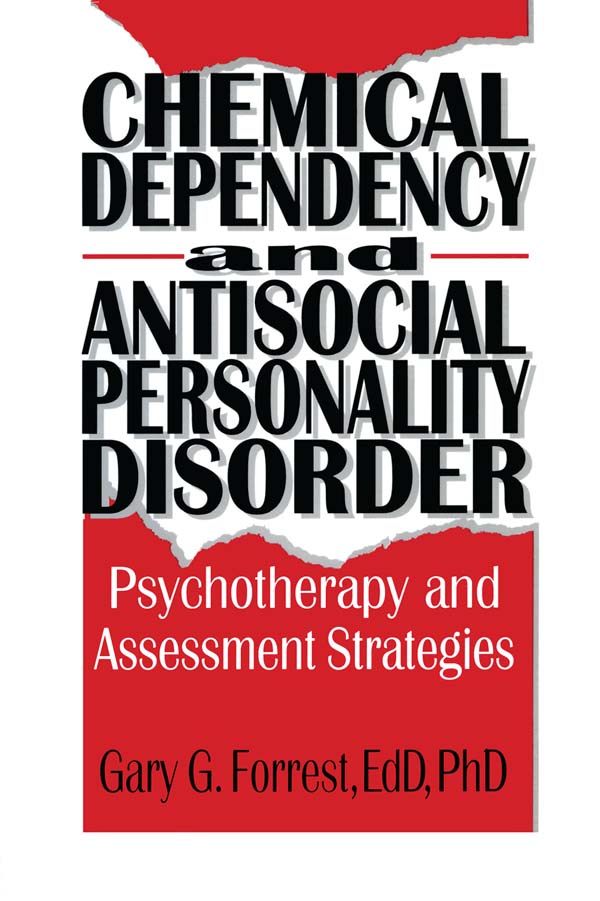 He wanted to make people made and not care about anyone. He was irresponsible with his dog and didn’t care if his dog got hurt or not.
He wanted to make people made and not care about anyone. He was irresponsible with his dog and didn’t care if his dog got hurt or not.
- He was being irresponsible for what he did.
- lack of remorse, as indicated by being indifferent to or rationalizing having hurt, mistreated, or stolen from another
- The Grinch had no regrets in what he had done. He didn’t regret what he did to those people. The Grinch was happy to make people unhappy and more.
- failure to conform to social norms with respect to lawful behaviors as indicated by repeatedly performing acts that are groups for arrest
- The individual is at least age 18 years.
- The Grinch is around in his 40’s.
- There is evidence of Conduct Disorder with onset before age 15 years.
- The Grinch shows evidence of having conduct disorder with the onset before age 15. He first started showing symptoms around when he was 8-10 years old.
- The occurrence of antisocial behavior is not exclusively during the course of Schizophrenia or a Manic Episode.
- During observation, the Grinch did not meet any signs showing schizophrenia but he was showing some of the signs of having a manic episode such as increased in goal-direct activities.
 The Grinch was very into making everyone’s Christmas miserable.
The Grinch was very into making everyone’s Christmas miserable.
- During observation, the Grinch did not meet any signs showing schizophrenia but he was showing some of the signs of having a manic episode such as increased in goal-direct activities.
Accuracy of Portrayal
The average person watching this movie would learn quite a bit about antisocial personality disorder. They would also learn about bullying and depression. The movie did make it into fairy tale where they have happy ending for a person who has antisocial personality disorder. This is not the case in the real world with people who have that type of disorder. It does not cure them that quick. It takes time, efforts, and counseling. Though it is rare for someone who has antisocial personality disorder to seek help and get counseling. It does confuse the audience that makes them think you can cure the disorder quick when you can’t. This is a movie somehow helps show people what the antisocial personality is.
Treatment
Antisocial personality disorder is one of the most difficult personality disorders to treat because people who have it tend to think there is nothing wrong with them and do not want help.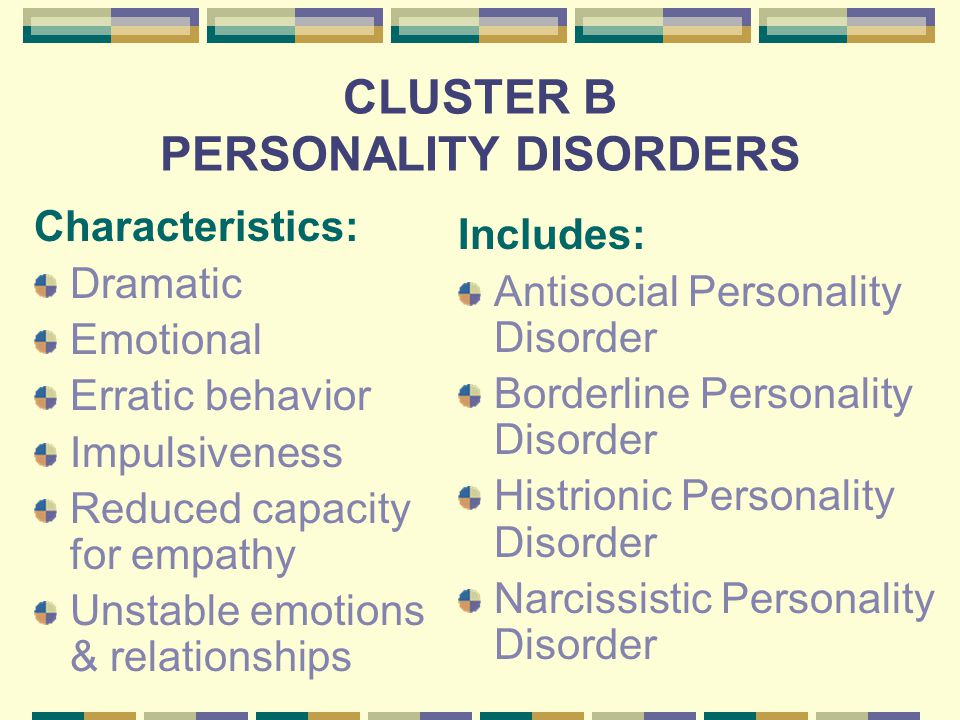 It is rare for people who have antisocial personality disorder to get help. First to treat the Grinch, he needs a full medical examination to see what symptoms would come up beside antisocial personality disorder. After the full evolution, the Grinch should seek counseling to talk about his past, learn to cope what he went through, and do some social skills training. Social skilling training would help him a lot to learn how to socialize with other people. There a few medication that could help the Grinch such as with his depression he could take antidepressant medication to help improve his depressed mood, anger, impulsivity, or irritability. However, these medication do not directly treat the behavior that characterize antisocial personality disorder, they can be useful in addressing conditions that co-occur with this condition.
It is rare for people who have antisocial personality disorder to get help. First to treat the Grinch, he needs a full medical examination to see what symptoms would come up beside antisocial personality disorder. After the full evolution, the Grinch should seek counseling to talk about his past, learn to cope what he went through, and do some social skills training. Social skilling training would help him a lot to learn how to socialize with other people. There a few medication that could help the Grinch such as with his depression he could take antidepressant medication to help improve his depressed mood, anger, impulsivity, or irritability. However, these medication do not directly treat the behavior that characterize antisocial personality disorder, they can be useful in addressing conditions that co-occur with this condition.
Name: The Joker
Source: The Dark Knight (movie, 2008)
Background Information
The Joker is a disturbed and malicious villain who is the archenemy of Batman.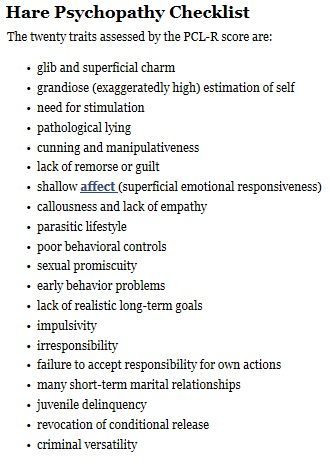 His age is unknown but he looks to be in his late 40’s to early 50’s. His gender is obviously male with brown eyes, and sandy, light green hair. He does not have a “real” job, but some consider running the streets with thugs to be one of them. He spends majority of his time plotting to corrupt and destroy Batman along with bringing the city of Gotham to the ground. His overall health status is unknown, but to the naked eye, he physically looks ill along with the deep razor cuts to both sides of the mouth representing a permanent smile. Psychologically he appears to suffer from antisocial personality disorder, which is evident by his hasty behavior and lack of disregard to others. He does not have a relationship with his parents or relatives. The only social relationships he does have are those with thugs and delinquents. There is no evidence of drugs or alcohol use, although he reports that his father was an extremely abusive alcoholic, who attacked he and his mother with a blade, cutting him along the corner of his lips.
His age is unknown but he looks to be in his late 40’s to early 50’s. His gender is obviously male with brown eyes, and sandy, light green hair. He does not have a “real” job, but some consider running the streets with thugs to be one of them. He spends majority of his time plotting to corrupt and destroy Batman along with bringing the city of Gotham to the ground. His overall health status is unknown, but to the naked eye, he physically looks ill along with the deep razor cuts to both sides of the mouth representing a permanent smile. Psychologically he appears to suffer from antisocial personality disorder, which is evident by his hasty behavior and lack of disregard to others. He does not have a relationship with his parents or relatives. The only social relationships he does have are those with thugs and delinquents. There is no evidence of drugs or alcohol use, although he reports that his father was an extremely abusive alcoholic, who attacked he and his mother with a blade, cutting him along the corner of his lips.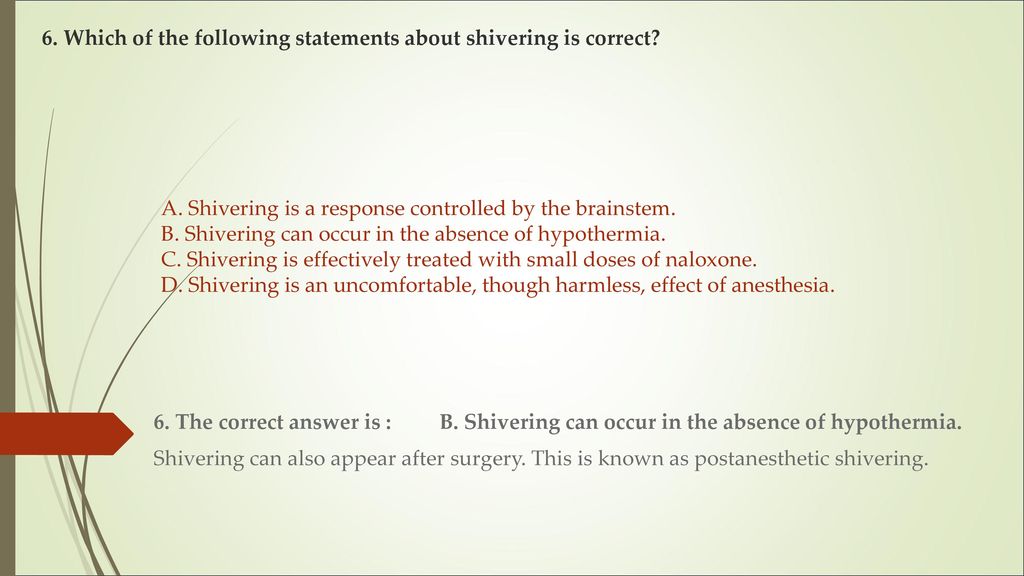 The only goal in The Joker’s life was to destroy Batman and everything in his path. His only coping skill and weaknesses were to see someone other than himself get hurt along with Batman. He would then vanish from sight seemingly as if he had run away from his problems, not wanting to face the consequences.
The only goal in The Joker’s life was to destroy Batman and everything in his path. His only coping skill and weaknesses were to see someone other than himself get hurt along with Batman. He would then vanish from sight seemingly as if he had run away from his problems, not wanting to face the consequences.
Description of the Problem
The problems The Joker displays are tremendous. To begin, he absolutely hates Batman and everything to do with justice and peace. He seems to hate everything about himself as well, considering he has to hurt others around him to feel better. His only purpose in life is to destroy Gotham for no apparent reason and to destroy Batman considering he is constantly in The Joker’s way to destruction. The Joker wanted humans to understand that they were “bad” and destroyers when all the while he was the one committing crimes. The Joker expressed absolutely no empathy for his ruthless actions along with being extremely sadistic. He blatantly disregarded laws and socials norms of society as a whole, all of which are related to antisocial personality disorder.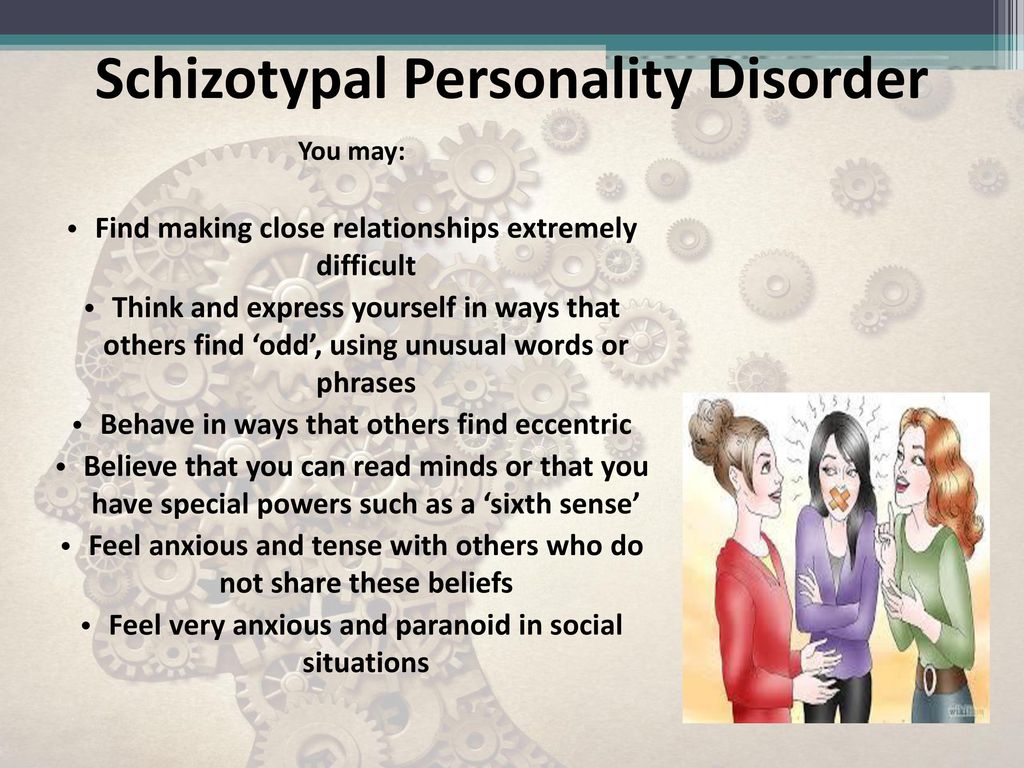
Diagnosis
According to DSM-IV-TR criteria, the appropriate diagnosis would be Antisocial Personality Disorder (301.7)
- There is a pervasive pattern of disregard for and violation of the rights of others occurring since age 15 years, as indicated by three (or more) of the following:
- Failure to conform to social norms with respect to lawful behaviors as indicated by repeatedly performing acts that are groups for arrest.
- The Joker was constantly being arrested and reprimanded by law enforcements due to his ruthless behaviors. At times it was difficult to catch The Joker committing a crime, but once he was he was punished (for a short amount of time) he would later escape to commit more crimes.
- Deceitfulness, as indicated by repeated lying, use of aliases, or conning other for personal profit or pleasure.
- At one time, The Joker dressed as Bozo the clown while robbing the Gotham National City Bank. He manipulated his whole crew into robbing the bank and told them they would all split the money.
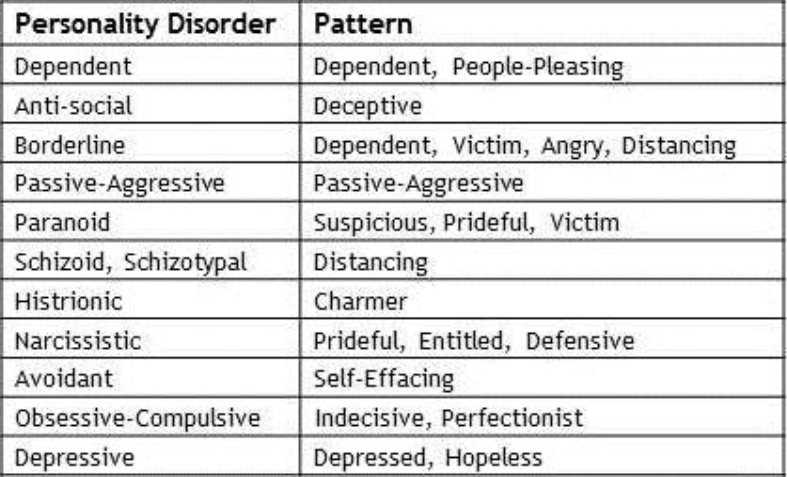 However, The Joker ends up killing his crew and getting away with the money.
However, The Joker ends up killing his crew and getting away with the money.
- At one time, The Joker dressed as Bozo the clown while robbing the Gotham National City Bank. He manipulated his whole crew into robbing the bank and told them they would all split the money.
- Impulsive behavior or failure to plan ahead.
- The Joker planned seemingly impossible tasks without thinking about the consequences afterward. At one time, he tried to blow up the Gotham General Hospital. Hitting his detonator, the majority of the bombs failed to blow therefore causing him to steal a nearby city bus as a quick getaway.
- Irritability and aggressiveness, as indicated by repeated physical fights or assaults.
- Without a doubt The Joker was constantly fighting, assaulting, torturing, or murdering another individual. One in particular would be Batman. Batman would fight The Joker, throwing him from wall to wall and all while The Joker would be laughing hysterically.
- Reckless disregard for safety of self or others.
- He cared very little about his own safety considering he told Batman to run him over with his Batpod. This seemed to also be an attempted sign of sucide.
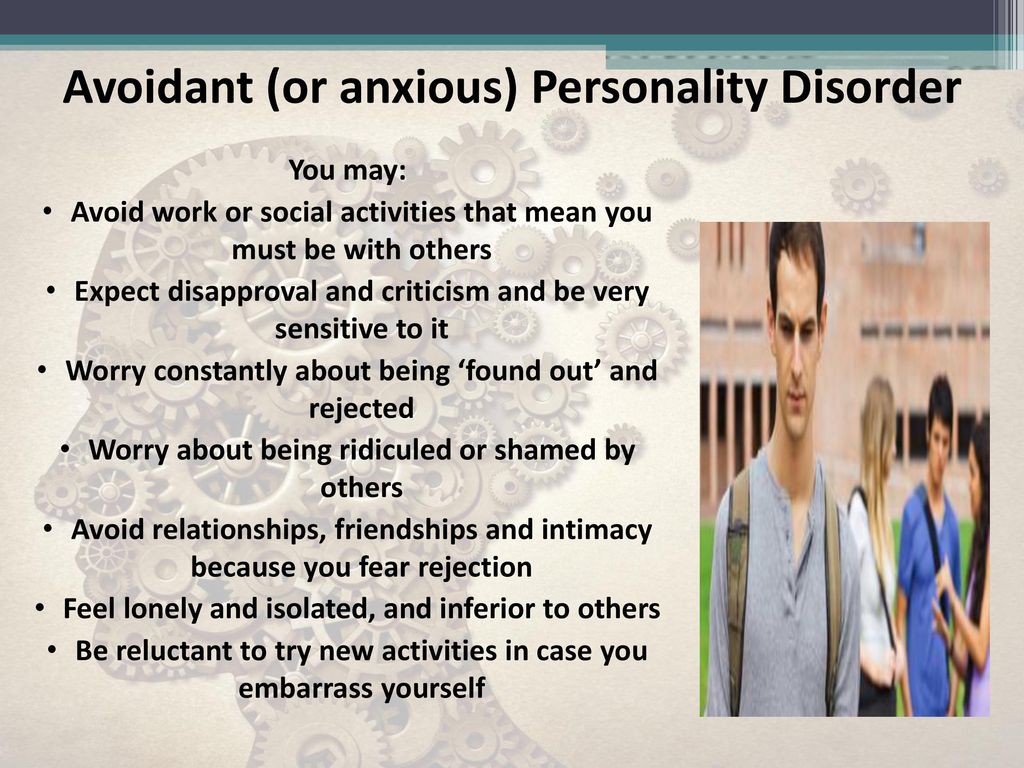 Also, blowing up a hospital, violently blowing up a prison inmate, and using innocent people as police officer targets are all ways he disregarded the safety for others.
Also, blowing up a hospital, violently blowing up a prison inmate, and using innocent people as police officer targets are all ways he disregarded the safety for others.
- He cared very little about his own safety considering he told Batman to run him over with his Batpod. This seemed to also be an attempted sign of sucide.
- Consistent irresponsibility, as indicated by repeated failure to sustain consistent work behavior or honor financial obligations.
- The Joker was never considered to have a job. However, he would steal to receive cash payments and money to support himself.
- Lack of remorse, as indicated by being indifferent to or rationalizing having hurt, mistreated, or stolen from another.
- The Joker never apologized for his behavior nor having any remorse for killing innocent people. He enjoyed chaos and hurting people along with himself. He still didn’t feel remorse for being in jail considering that he brutally killed an inmate while there.
- Failure to conform to social norms with respect to lawful behaviors as indicated by repeatedly performing acts that are groups for arrest.
- The individual is at least age 18 years.
- The Joker is in his late 40’s to early 50’s.
- There is evidence of Conduct Disorder with onset before age 15 years.

- It may have taken place with his abusive father when he was younger which caused the scarring on his face. It is not known how old he was when this occurred.
- The occurrence of antisocial behavior is not exclusively during the course of Schizophrenia or a Manic Episode.
- The Joker’s behavior was constantly out of the norm. His ruthless behavior was continual for long durations of time so the presence of a Manic Episode would not be unlikely.
Accuracy of Portrayal
The average person watching the film would see that The Joker is a typical psychopath. The average person would learn the basics of antisocial personality disorder and character qualities an individual must hold in order to be classified as a psychopath. However, with antisocial personality disorder, it seems to remit by age 40 and is known to be higher among young adults than older adults. The Joker seemed to peek in his violent streaks at this age. Another inaccurate portrayal of antisocial personality disorder being used in the film was that majority of individuals suffering from antisocial personality disorders have high amounts of drug use and abuse.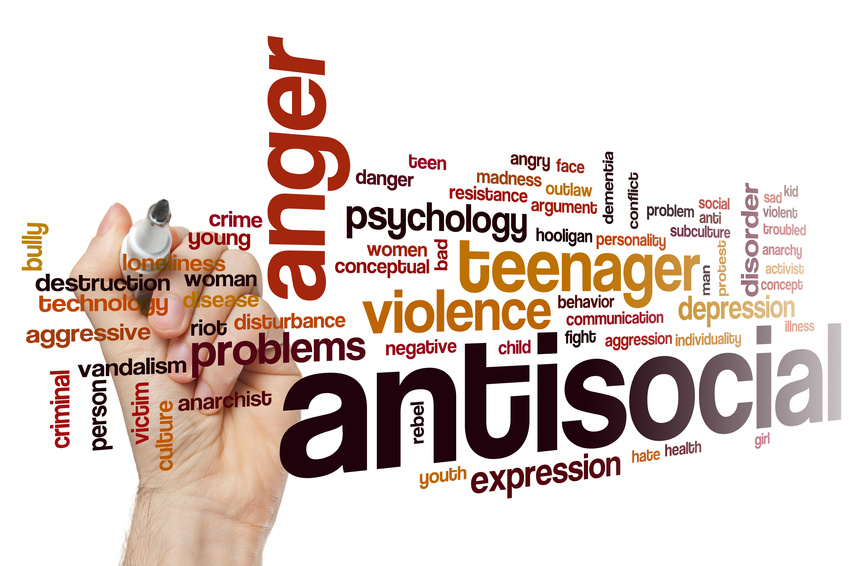 Drug use causes individuals to perform dysfunctional and out of the norm types of behavior. They seem to not care about the risk involved. The Joker was never seen using any types of drugs in the film. He would constantly cause harm to others on his own will without the use of mind alternating drugs. However, there were strong accuracies of portrayal. For instance, he was a male, came from an abusive childhood, had zero empathy, and performed extremely risky and ruthless behaviors. The film helped show the most extreme form of antisocial personality disorder.
Drug use causes individuals to perform dysfunctional and out of the norm types of behavior. They seem to not care about the risk involved. The Joker was never seen using any types of drugs in the film. He would constantly cause harm to others on his own will without the use of mind alternating drugs. However, there were strong accuracies of portrayal. For instance, he was a male, came from an abusive childhood, had zero empathy, and performed extremely risky and ruthless behaviors. The film helped show the most extreme form of antisocial personality disorder.
Treatment
Antisocial Personality Disorder is difficult to treat, considering the fact that individuals do not believe they are in need of treatment. If a patient is taken into to counseling, there is usually a lack of improvement as the patient is usually uncooperative. The treatment that would most likely work for The Joker would be treatment in long-term structured residential settings to which he would be placed in an environment in which he cannot hurt others.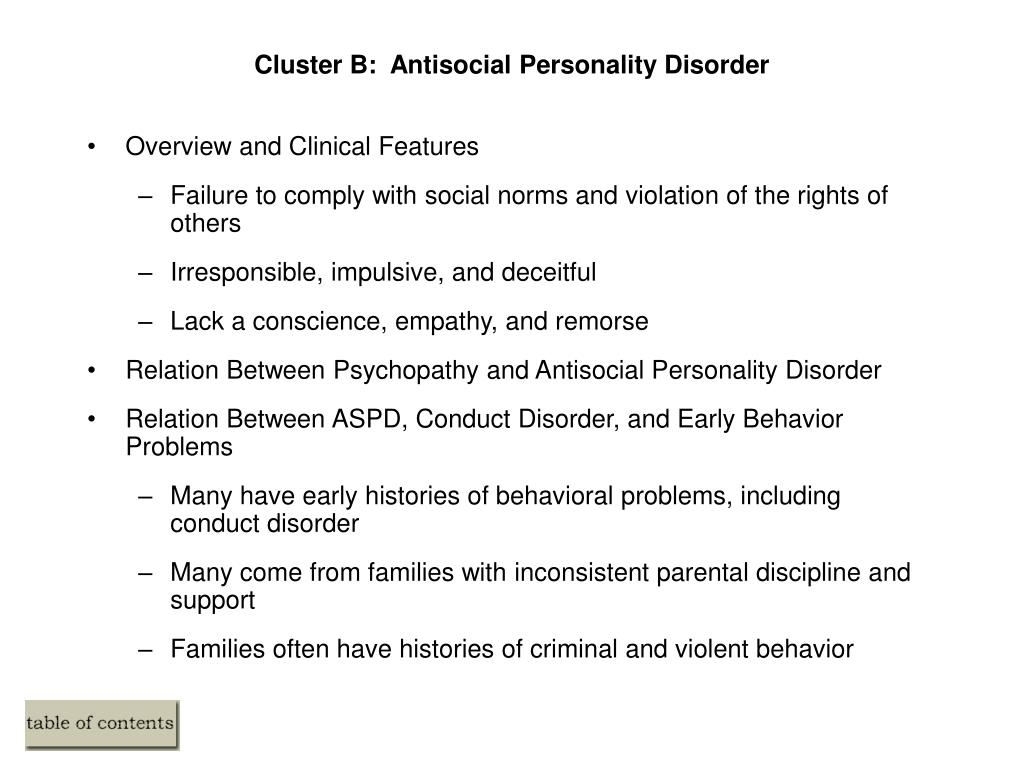 If he modifies his behavior appropriately he will be able to earn privileges such as performing a non- threatening hobby of his. Since The Joker has not developed any healthy relationships in his lifetime, using psychotherapy along with behavior modification would help. Developing a relationship with a therapist would probably be beneficial for him as well. Since The Joker expressed a few signs of suicide attempts, it may be that he is suffering from depression as well. An antidepressant may help his depression and irritability. Even though antidepressants do not actually treat an individual with antisocial personality disorder, they can help with these types of comorbid conditions.
If he modifies his behavior appropriately he will be able to earn privileges such as performing a non- threatening hobby of his. Since The Joker has not developed any healthy relationships in his lifetime, using psychotherapy along with behavior modification would help. Developing a relationship with a therapist would probably be beneficial for him as well. Since The Joker expressed a few signs of suicide attempts, it may be that he is suffering from depression as well. An antidepressant may help his depression and irritability. Even though antidepressants do not actually treat an individual with antisocial personality disorder, they can help with these types of comorbid conditions.
Antisocial Personality Disorder: A Case Study - 1744 Words
Abstract
Antisocial Personality Disorder has been on the spotlight. Clinicians have sought the basis of the condition.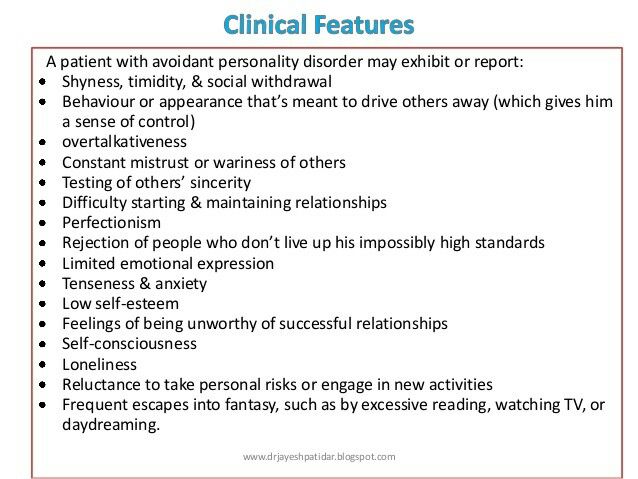 Various theories have attempted to demystify the causes of the APD, however, research developing around the root cause of the condition point out psychologically instigated problems as core causes of the disorder.
Various theories have attempted to demystify the causes of the APD, however, research developing around the root cause of the condition point out psychologically instigated problems as core causes of the disorder.
Clinical and research has focused on establishing a specific parameter of the antisocial personality disorder. Early clinical accounts of what causes ‘antisocial personality disorder’ describe persons with the condition as people who cannot conform to social norms, especially morals and social values that form the disciplined civil society.
Antisocial Personality Disorder is best described as antisocial proclivity. Present conceptualizations of antisocial proclivity are presented in etiological theories that explain the context. This paper attempts to provide insight with regard to this condition, often referred to as psychopathic behavior. We achieve this through providing a detailed case study findings and a comprehensive literature review.
Introduction
Social behaviors have become very crucial in determining the outcome of values and future of our social economics. Psychological nomenclatures of behavior show that various psychological conditions provoke interest in on habits and mental health of people who fail to conform to moral and legal expectations of the society. Clinical approaches to such social conflicts describe these habits and conditions as psychological problems that are looked at from a psychological impairment perspective. Clinical approach explain that the behaviors of people whose habits ‘behaviors’ offend normative social culture and values derange and quell syptomatology that classify them as psychotic problems.
Psychological nomenclatures of behavior show that various psychological conditions provoke interest in on habits and mental health of people who fail to conform to moral and legal expectations of the society. Clinical approaches to such social conflicts describe these habits and conditions as psychological problems that are looked at from a psychological impairment perspective. Clinical approach explain that the behaviors of people whose habits ‘behaviors’ offend normative social culture and values derange and quell syptomatology that classify them as psychotic problems.
The actual diagnostic explanation depicts antisocial personality disorder as a behavior disorder denoting moral decadency. This does not suffice to provide comprehensive psych-medical explanation rather provide a societal view. However, a psychological approach provides a comprehensive rationale, describing antisocial personality disorder as aberrant, impulsiveness, and rage but not lacking reasoning capacity during when either of these psychosocial anomalies are triggered.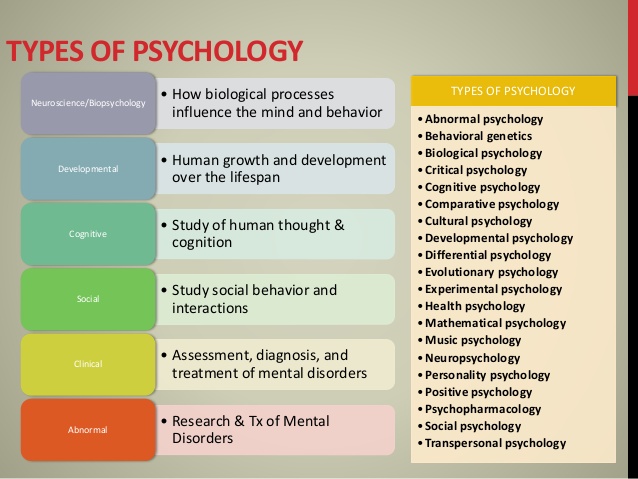 As such, this can be best described as moral insanity from a literary perspective.
As such, this can be best described as moral insanity from a literary perspective.
Clinicians who investigated this moral insanity have offered a mode definite explanation, citing this condition as possessed by individuals who are constitutionally deficient in moral faculties. Similar research conducted in 19th century found out that antisocial behavior was caused by organic constitutional elements. Those suffering from this condition assume that the organic factors have no prognosis for change and their deviant behavior is their reaction to the lack of chance of change of the social values and laws.
Literature dwelling on psychotic problem defines antisocial personality behavior as indicative of psychopathic personality. However, approaches that are more specific define antisocial personality disorder as a disposition to virtues. This disposition to antisocial personality disorder results from personal deficiencies and related psychological; anomalies (Stutker & Allain, 2002, p, 445).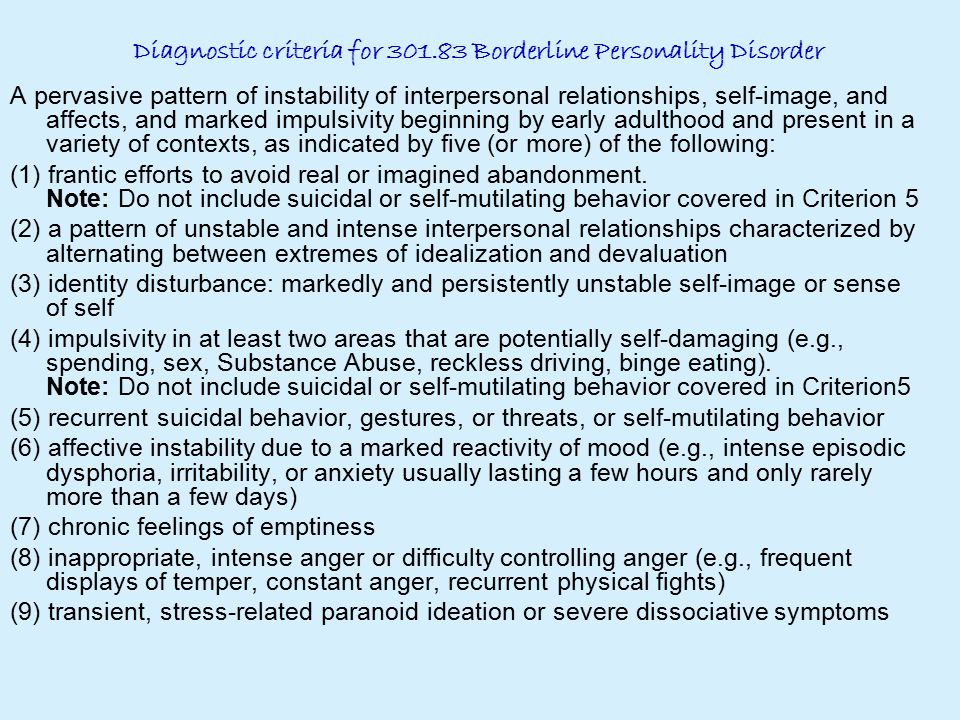
Case Study
Ann, a 32-year-old woman has little empathy for the feeling and wishes of other people. She has a great deal of charm, almost supernatural, which emanates from her desire to have a way. Ann has the ability to manipulate people into getting her way. Ann frequently violates the law and has behaviors that do not reflect good social values. Ann’s social history shows a pattern of frequent violation of her parent’s rules, and that she was always in trouble during her school days (Eisenman, 1993).
Ann, as mentioned earlier has no empathy for others feelings. She does not care about how people feel and what they want, rather likes to have own way. Ann exhibits a number of psychological impairment conditions. According to the diagnosis, Ann is suffering from a number of psychiatric conditions classified as DSM-IV. This condition is suspect of antisocial personality disorder. The diagnosis drew its facts from Ann’s development history. Ann, during her childhood was disobedient both at home and at school.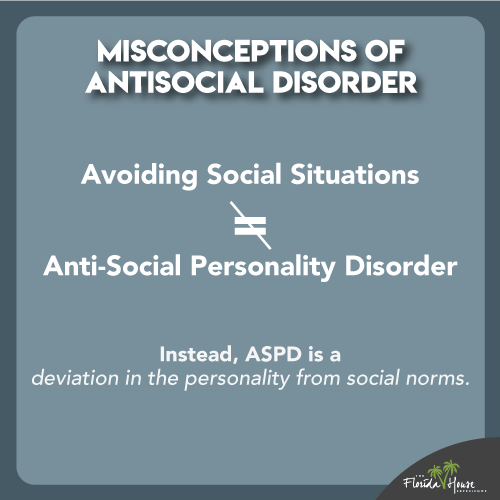
Today, Ann still has the same character. She has a conduct disorder, which has inhibited her development of a career, let a lone maintain a good job. This is blamed on her inability to respect others, an attempt to dominate and manipulate others to have her way, care about the needs of those she works with, and her failure to comply with terms and conditions of the workplace. Ann has consistently flouted the law both at work and in the society.
Ann needs counseling to arrest her problem. If this goes on, Ann will be unable to be acceptable in the society. She will be unable to progress in her life as a woman and fail to excel like a professional. This continuing pattern will certainly stop any meaningful development of her life. Serious counseling is required.
Literature Review
Meloy argues that antisocial personality disorder is one of the most reasonably diagnosed psychotic conditions but treatment of the condition is the most difficult since the condition is deeply manifested as a habit in the cohort.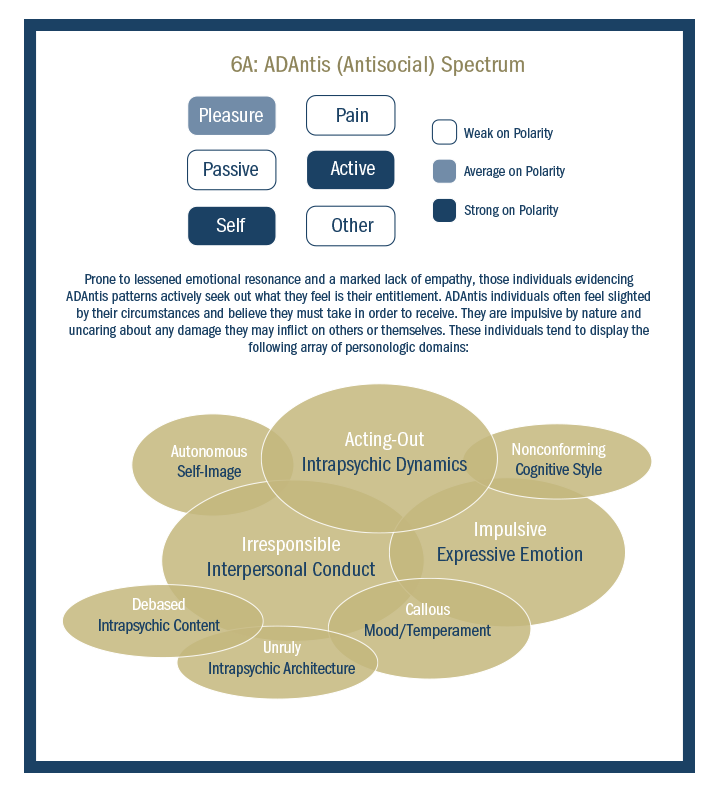 A large percentage of psychiatrists believe that this psychopathic problem is treatable. However, critical diagnosis is vital before any treatment is undertaken. Diagnosis helps determine the degree of psychopathy and this is critical in making the prognosis (Meloy, 2007, p, 1). According to Widiger, every person has his own manner of relating, thinking, and feeling in relation to those around him. These aspects of character are what denotes ones personality traits. If the personality traits become dysfunctional, they can warrant consequences such as antisocial personality disorder (Widiger, 2003, p, 131-135).
A large percentage of psychiatrists believe that this psychopathic problem is treatable. However, critical diagnosis is vital before any treatment is undertaken. Diagnosis helps determine the degree of psychopathy and this is critical in making the prognosis (Meloy, 2007, p, 1). According to Widiger, every person has his own manner of relating, thinking, and feeling in relation to those around him. These aspects of character are what denotes ones personality traits. If the personality traits become dysfunctional, they can warrant consequences such as antisocial personality disorder (Widiger, 2003, p, 131-135).
Diagnosis may vary depending on method and level of conversancy. The American psychiatric association’s diagnostic and statistical manual of mental disorders provides ten diagnosis procedures for personality disorder. The nomenclature is the most prominent for it provides a reliable solution to proper diagnosis of the disorder. However, Eisenman projects the diagnosis of psychopathic behavior as requiring a comprehensive diagnostics.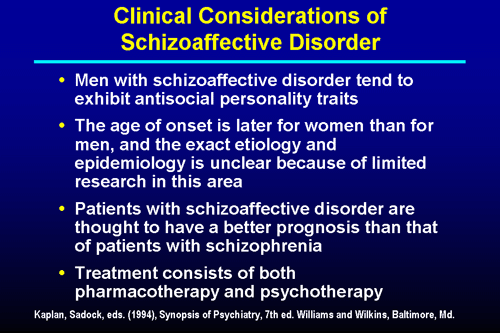 He points out that most antisocial personality are completely sane individuals who are in good careers. This is where psychopathic personality is observed. Psychopathic refers to out of order character. It is a behavior indicative of little or no regard for the laws governing the society and the country.
He points out that most antisocial personality are completely sane individuals who are in good careers. This is where psychopathic personality is observed. Psychopathic refers to out of order character. It is a behavior indicative of little or no regard for the laws governing the society and the country.
People with this condition do reason and function normally. Their ability to behave in an inhumane behavior makes them bad for the society. The DSM-IV is one of the most common parameter of manifestation of the antisocial personality disorder. After antisocial personality disorder has been diagnosed, the cause of action in reference to treatment is based on level of seriousness. Meloy argues that if antisocial traits or behaviors are shown by history that do not meet the DSM-IV-TR threshold for the diagnosis, the severity of psychopathy should be determined by using the PCL-R or its corollary screening version (SV), the PCL-SV (Hart and Hare 1995).
Observations by clinicians show that low levels of severity are easy to treat while high levels of severity are very difficult to arrest.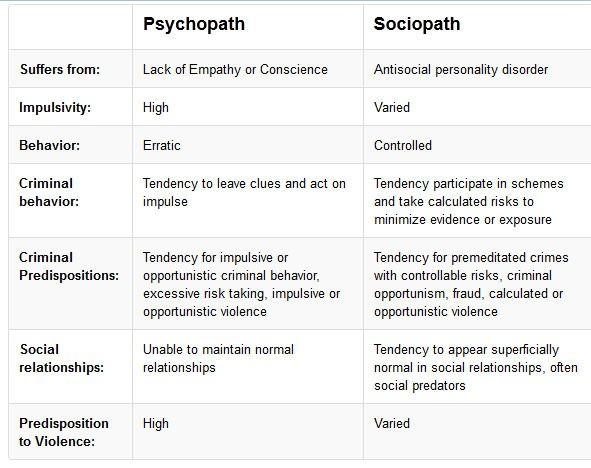 The level of psychodynamics and treatability of the patient is important to observe and this is easy to achieve by critically diagnosing all aspects of the action-oriented nature of the psychopath. Diagnosis should rule out head injury, neurological and neuropsychological impairments as causes of psychopathic behavior. Such injuries and conditions are the major causes of physical violence in the psychopath. This characters pathology should be carefully studied and his history properly investigated.
The level of psychodynamics and treatability of the patient is important to observe and this is easy to achieve by critically diagnosing all aspects of the action-oriented nature of the psychopath. Diagnosis should rule out head injury, neurological and neuropsychological impairments as causes of psychopathic behavior. Such injuries and conditions are the major causes of physical violence in the psychopath. This characters pathology should be carefully studied and his history properly investigated.
Meloy proposes various treatment methods by discussing various findings on general treatment and procedures. He however points out lack of any reliable method of treating antisocial personality disorder. There is no demonstrably effective treatment for antisocial personality disorder, only psychoanalysis and counseling is core in arresting the conditions.
However, many psychopaths will degenerate and slip back to previous behavior (recidivism), skill based and behavioral targeting methodologies are best to treat antisocial personality disorder.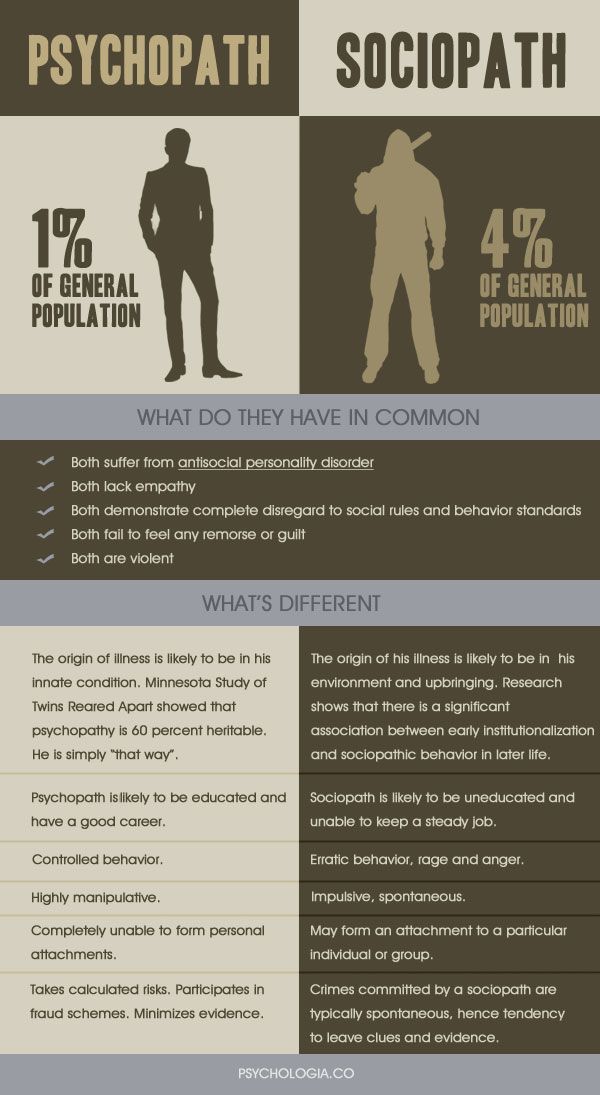 Hospitalization shows the lowest response level. Meloy explains that, a review of research on the treatment of antisocial personality disorder shows that psychopaths have a very poor response to hospitalizations, especially those diagnosed with severe antisocial personality disorder (Meloy, 2007, p, 4).
Hospitalization shows the lowest response level. Meloy explains that, a review of research on the treatment of antisocial personality disorder shows that psychopaths have a very poor response to hospitalizations, especially those diagnosed with severe antisocial personality disorder (Meloy, 2007, p, 4).
Discussion on treatment prognosis
Meloy singles out Hare and Schalings views about psychopathic thinking, that psychopathic criminals did not experience anxiety and worry. In comparison the criminals who are psychologically normal, the person suffering from a severe case of antisocial personality disorder, suffers no stress or anxiety. Anxiety is described as vital correlate of any successful mental health treatment. Clinicians argue that anxiety marks a capacity for internal psychological conditions as such, as the antisocial personality disorder manifests and the level increases; the anxiety level diminishes motivating the patient to be aggravative.
There are several treatment methods available and each is used depending on the level of psychopathy.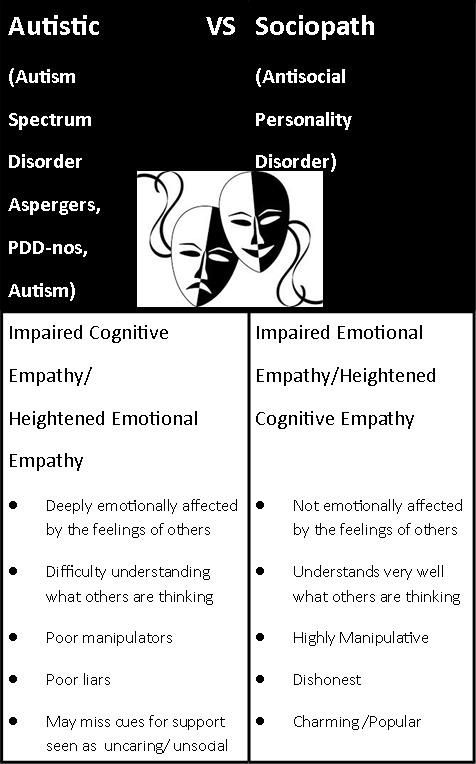 Some methods like therapeutic nihilism are crude with the therapist doing what the cohort does to others. If he is mean and nagging, the therapist nags and becomes very mean to the patient. The objective is to stir a reaction to the men behavior and reverse the manifested behavior. As such, the patient’s character is forced to be a reagent to antisocial personality disorder. Incarcerations, normal counseling among other methods have been described as critical in treating psychopathy (Meloy, 2007, p, 4-10).
Some methods like therapeutic nihilism are crude with the therapist doing what the cohort does to others. If he is mean and nagging, the therapist nags and becomes very mean to the patient. The objective is to stir a reaction to the men behavior and reverse the manifested behavior. As such, the patient’s character is forced to be a reagent to antisocial personality disorder. Incarcerations, normal counseling among other methods have been described as critical in treating psychopathy (Meloy, 2007, p, 4-10).
To treat Ann, counseling and using therapeutic nihilism is the best approach. Ann’s antisocial personality disorder shows a pattern of inability to respect people’s decisions. She likes bending rules to have her way. As such, if this is done to her in equal measure, while on the other hand, advice and propagation of habits is therapeutically introduced, Ann will react to seclusion by attempting to be friendly and obedient. She will try to evade doing negative things and will attempt to avoid doing things that irritate with a similar tenacity.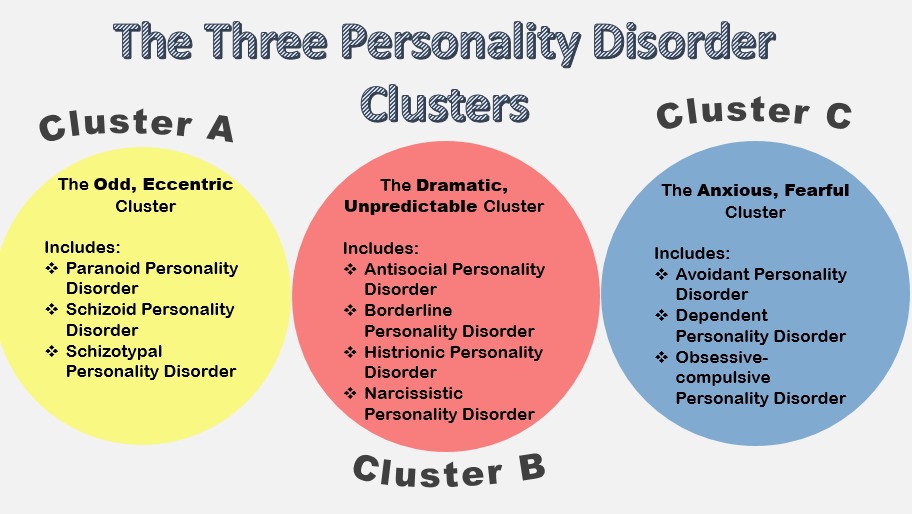 Counseling will help her adapt to a new skillet, whereby, she does not subscribe to her antisocial personality, rather will focus on being positive.
Counseling will help her adapt to a new skillet, whereby, she does not subscribe to her antisocial personality, rather will focus on being positive.
Summary
Clinicians assume a psychopath may reach psychological maturity. However, this maybe facilitated using therapy. Proper diagnosis of antisocial personality disorder is crucial in identifying level of severity. The level of severity determines the method of treatment. However, there is no cure or actual treatment of the antisocial personality disorder. Only therapeutic and counseling methods have been proposed and used to treat and arrest cases.
References
Eisenman, R. (1993). An Anti-social personality disorder: case history of a never-incarcerated youth. Journal of Police and Criminal Psychology, 9(1). Web.
Hart S, Hare RD: (1989) Discriminant validity of the Psychopathy Checklist in a forensic psychiatric population. Psychological Assessment 1:211–218.
Hart S, Hare RD: (1995).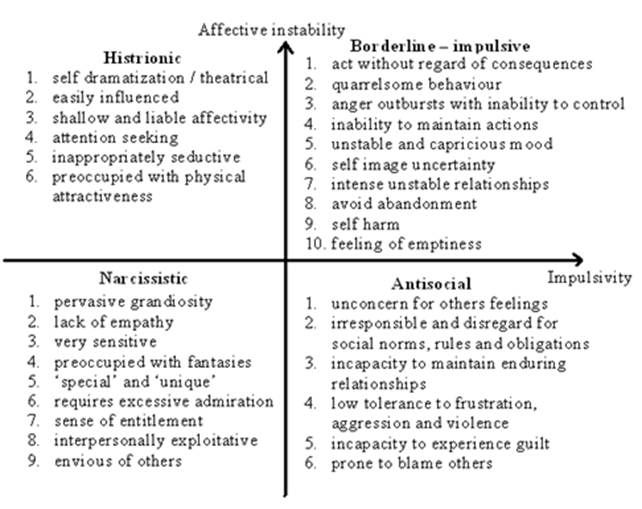 The Hare Psychopathy Checklist: Screening Version. Toronto, ON, Multi Health Systems.
The Hare Psychopathy Checklist: Screening Version. Toronto, ON, Multi Health Systems.
Meloy, R. (2007). Antisocial personality disorder. Forensis, 1(1). Web.
Stutker, P, & Allain, A. (2002). Antisocial personality disorder. Comprehensive Handbook of Psychopathology. Web.
Widiger, T. (2003). Personality disorder diagnosis. World Psychiatry, 2(3). Web.
Aggression in personality disorders | Internet publication "Medicine and Pharmacy News"
Personality disorder (PD) is a pathological condition characterized by disharmony in the mental make-up of a person. According to ICD-10, this is a severe violation of the characterological constitution and behavioral tendencies of the individual, always accompanied by personal and social maladaptation. Personality disorders usually begin in childhood or adolescence and continue throughout life.
The distinction between a disease process and an abnormally organized personality belongs to the main differences in psychiatric science, however, the boundary between mentally ill and psychopathic personalities is actually not sharp, but blurry [4].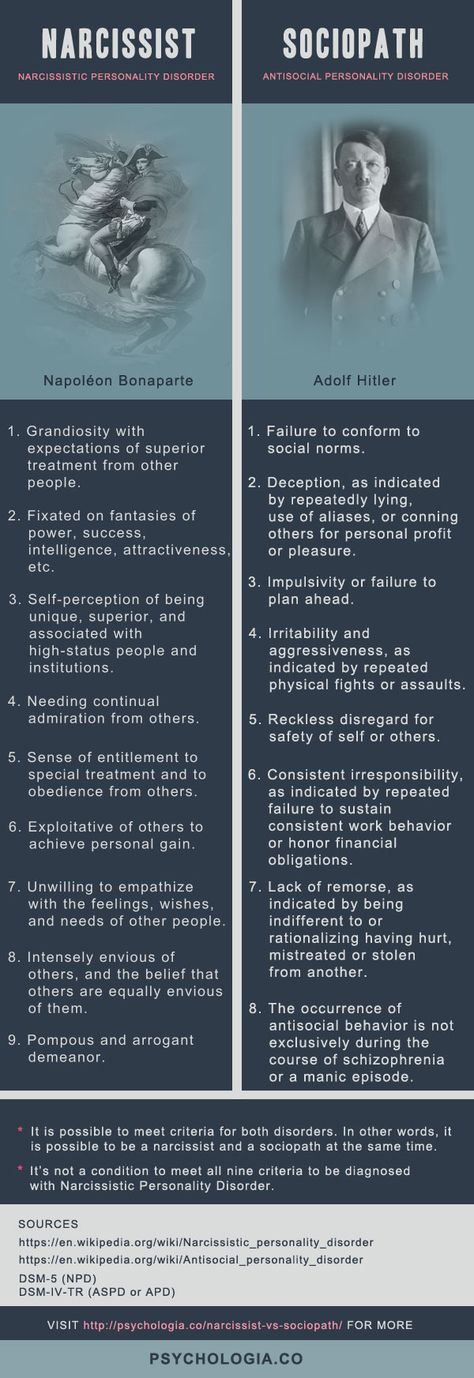
The pathological properties of the personality are total, they determine its structure and in many cases prevent full-fledged social and professional adaptation. The data of psychological, behavioral and clinical studies concerning the pathology of drives, temperament, emotional-volitional sphere, indicate that in PD there are various interrelated deviations, or abnormal signs. Therefore, when distinguishing individual types of RL, not any one anomalous feature is taken into account, but their combination. Pure psychopathic types do not exist [1].
The leading role in the etiology of LC belongs to constitutional genetic factors, as well as perinatal and early postnatal hazards. The formation of persistent personality disorders is also possible under adverse environmental and situational influences in connection with a chronic psychotraumatic situation. The pathogenetic factors of PD include both partial infantilism - a partial delay in the development of certain personality traits, and distorted (disproportionate) development.
Most persons with PD are subject to maladjustment and, therefore, are prone to illegal forms of behavior. Therefore, they are most often of interest to forensic psychiatrists and forensic scientists. In persons who have committed serious violent crimes, the most common anomalies are: personality disorders - in 33%, organic lesions of the central nervous system - in 19%, consequences of craniocerebral injuries - in 18%, chronic alcoholism - in 17%. In general, among the killers, persons with mental anomalies make up more than 70% [16].
According to criminologists and forensic psychiatrists who have studied this problem, personality disorders are a “significant criminogenic factor”, since the behavior of an “upset” person is often characterized by impulsiveness, a focus on the immediate satisfaction of one’s desires without taking into account the possible negative consequences from this, not only for others, but also for the subject itself. However, it would not be entirely correct to reduce the explanation of the causes of illegal behavior only to a personality disorder, since so many people with features of frustration have never committed crimes. It turned out that a person's anti-social attitude has a significant influence on the choice of illegal forms of behavior of a "frustrated" person. According to ICD-10, the following main groups of people showing signs of frustration are distinguished:
It turned out that a person's anti-social attitude has a significant influence on the choice of illegal forms of behavior of a "frustrated" person. According to ICD-10, the following main groups of people showing signs of frustration are distinguished:
1. Personalities with an emotionally unstable type - commit mainly mercenary crimes and hooliganism.
2. Personalities of the paranoid type - they demonstrate a disdainful attitude towards the human person, and also commit violent crimes.
3. Hysterical personalities - most often commit fraud, deceit, mislead.
4. Anancaste, anxious and dependent personalities - commit suicide and desertion [16].
Among the criminals who have committed crimes from the above list, there are significantly more men than women [16]. Representatives of the age groups from 25 to 29 years old are characterized by the highest criminal activity, followed by 18–24 year olds, 14–17 year olds, and finally 30–45 year olds [16].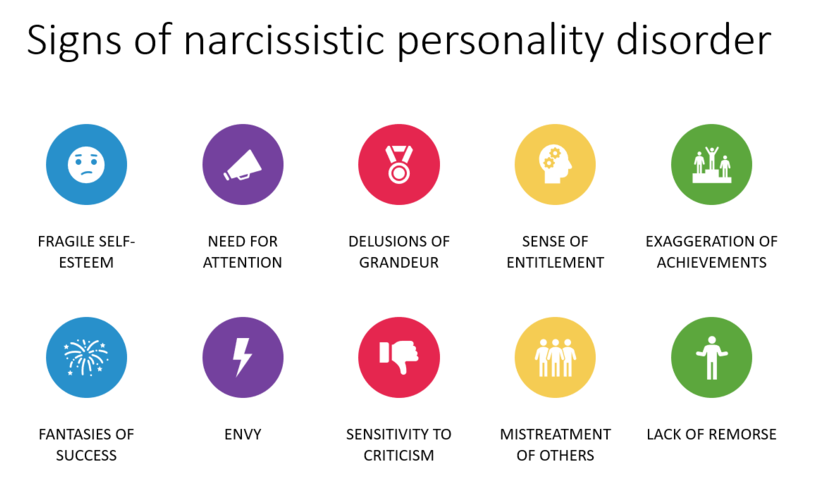
In modern literature, the origin of aggression in personality disorders is considered in two ways. Numerous studies are devoted to the search for biological products of aggressive behavior. Many works evaluate correlations between the degree of aggressiveness and consanguinity (twin, genealogical methods), racial characteristics of aggressive behavior. A significant number of works revealed statistically significant indications of the relationship between aggressive behavior and congenital factors (E.A. Wells et al., 1992; H.E. Hutton et al., 1992; G. Carey, 1992; A. Jenaway, M. Swinton, 1993). A number of authors point to changes in the mediator metabolism that are pathognomonic for the aggressive behavior of “upset” individuals (T.B. Dmitrieva et al., 1998), others seek to link aggressive behavior with disturbances in the microanatomical structure of the brain. At the same time, hypotheses of the social origin of aggression in “disordered” individuals are developing in parallel (O.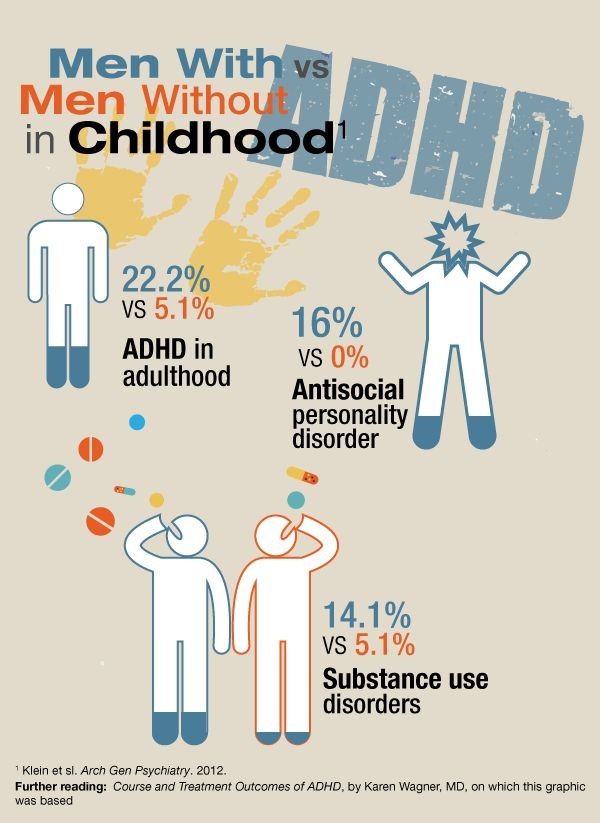 I. Ivashchenko et al., 1998). From the classic works of K. Lorentz, E. Fromm, M. Foucault, which linked aggression, sexuality and the very existence of human nature into a single plot-behavioral strategy, endowing a person with aggression and cruelty due to his human appearance, to modern socio-psychological works, assessing a wide range of social factors involved in the development of personality disorders, microenvironmental factors are assessed by many researchers as leading to the formation of aggressive behavior in "upset" individuals (L.F. DiLalla, L.L. Gottesman, 1991; P.B. Sutker, 1994; B.K. Luntz, C.S. Windom, 1994).
I. Ivashchenko et al., 1998). From the classic works of K. Lorentz, E. Fromm, M. Foucault, which linked aggression, sexuality and the very existence of human nature into a single plot-behavioral strategy, endowing a person with aggression and cruelty due to his human appearance, to modern socio-psychological works, assessing a wide range of social factors involved in the development of personality disorders, microenvironmental factors are assessed by many researchers as leading to the formation of aggressive behavior in "upset" individuals (L.F. DiLalla, L.L. Gottesman, 1991; P.B. Sutker, 1994; B.K. Luntz, C.S. Windom, 1994).
Materials and methods of research
The purpose of this work was to study aggressive behavior and its manifestations in individuals with an already established diagnosis of one or another type of personality disorder. We examined 50 patients treated in the general psychiatric departments of the Republican Psychiatric Hospital No. 1 of the Ministry of Health of the Republic of Azerbaijan, who committed aggressive acts, who were diagnosed with personality disorders of various kinds.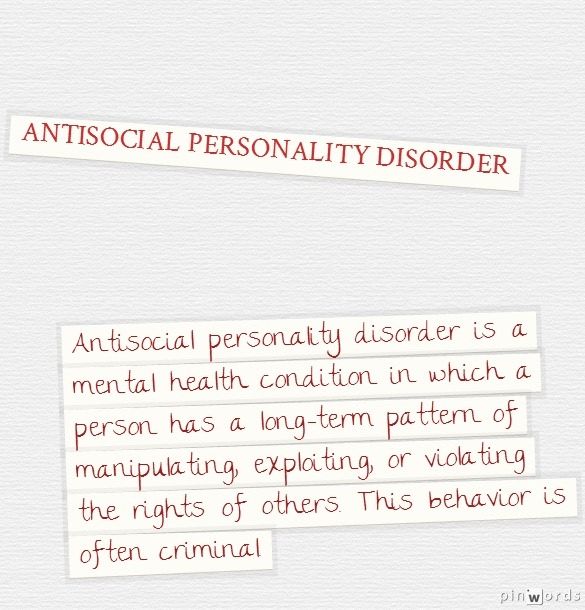 The analysis of the subjects was carried out according to 8 signs, divided into the following blocks: physical aggression, indirect, irritation, negativism, resentment, suspicion, verbal aggression, guilt.
The analysis of the subjects was carried out according to 8 signs, divided into the following blocks: physical aggression, indirect, irritation, negativism, resentment, suspicion, verbal aggression, guilt.
Research instruments
As a methodological basis for our study, we used the Bass-Darky questionnaire (a diagnostic procedure, by determining the level of destructive tendencies of a person, predicts with a high degree of probability the possibility of manifesting open motivational aggression). As you know, aggressiveness has a qualitative and quantitative characteristic. Like any property, it has a different degree of severity: from an almost complete absence to its ultimate development. Each person must have a certain degree of aggressiveness. The absence of it leads to passivity, statements, conformity, etc. Its excessive development begins to determine the whole appearance of the personality, which can become conflicting, incapable of conscious cooperation, etc. Aggression in itself does not make the subject consciously dangerous, since, on the one hand, the existing connection between aggressiveness and aggression is not rigid, and on the other hand, the act of aggression itself may not take consciously dangerous and unapproved forms.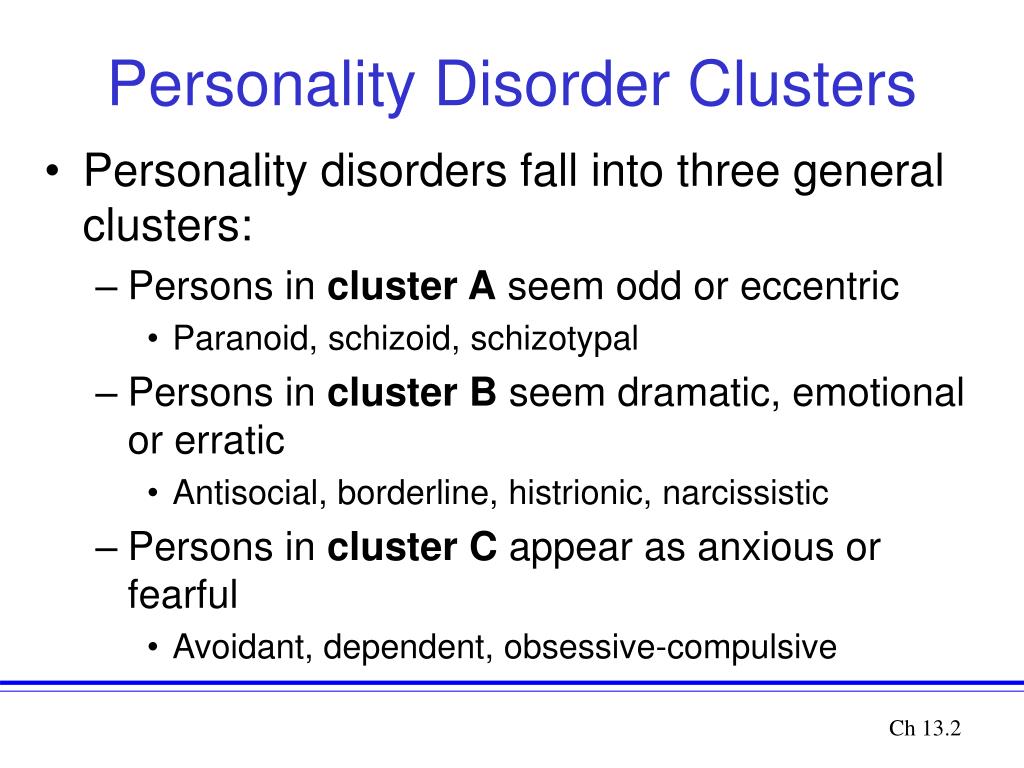 In everyday consciousness, "aggressiveness" is synonymous with "malicious activity." However, in itself, destructive behavior does not possess “maliciousness”, it is the motive of activity that makes it so, those values for the sake of achieving and possessing which activity unfolds. External practical actions may be similar, but their motivational components are directly opposite.
In everyday consciousness, "aggressiveness" is synonymous with "malicious activity." However, in itself, destructive behavior does not possess “maliciousness”, it is the motive of activity that makes it so, those values for the sake of achieving and possessing which activity unfolds. External practical actions may be similar, but their motivational components are directly opposite.
Proceeding from this, it is possible to divide the manifestations of aggression into two main types: the first is motivational aggression as a value in itself, the second is instrumental aggression as a means (meaning that both can manifest themselves both under the control of consciousness and outside it and be associated with emotional experiences (anger, hostility).Having determined the level of such destructive tendencies of the personality, it is possible with a high degree of probability to predict the possibility of manifestation of open motivational aggression.One of these diagnostic procedures is the Bass-Darkey questionnaire.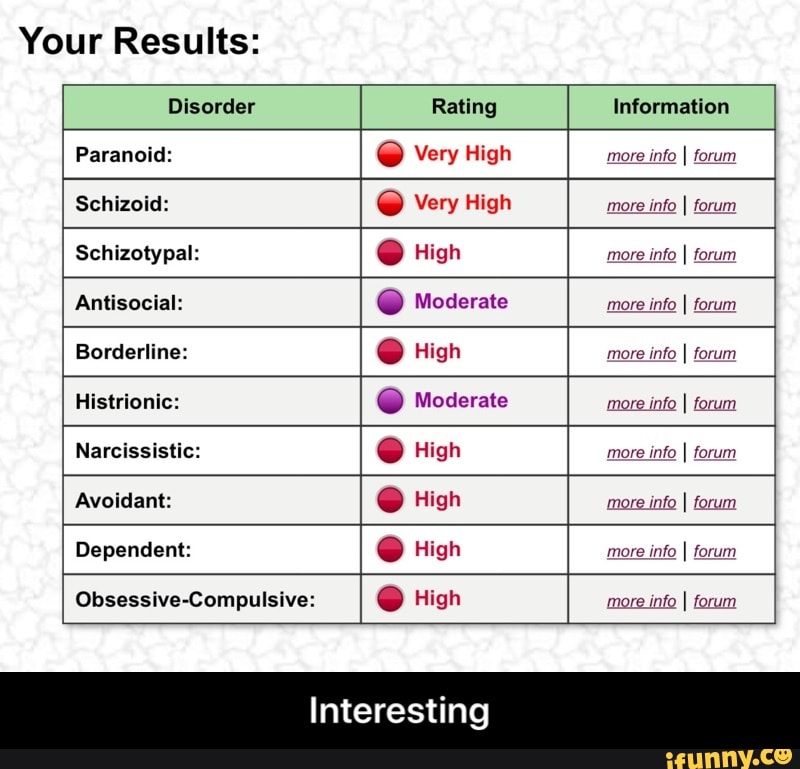
A. Bass and A. Darki, who adopted a number of provisions of their predecessors, divided the concepts of aggression and hostility and defined the latter as "... a reaction that develops negative feelings and negative assessments of people and events."
When compiling the questionnaire, the following principles were used: 1) the question can refer to only one form of aggression; 2) questions are formulated in such a way as to weaken the influence of public approval of the answer to the question to the greatest extent. Answers are evaluated on eight scales.
Research results
A study of the socio-demographic characteristics of the surveyed showed that the majority of aggressive-violent offenses are committed in the period from 20 to 39 years, which corresponds to the time of maximum activity of the individual. More than 76% of the respondents (39 people out of 50 subjects) had aggressive behavior and prosecution for various crimes against a person in the past: premeditated murder, grievous bodily harm, robbery and robbery, rape, hooliganism, etc. Most of the examined had, to one degree or another, a pronounced tendency to abuse alcoholic beverages, which aggravates emotional and volitional disorders, excitability, conflict, irritability, impulsivity, and thereby contributes to the implementation of aggressive urges.
The main number of crimes such as murder, intentional infliction of grievous bodily harm, robbery, robbery, theft, rape, are committed by persons under 30 years of age [16]. Many of those who committed acts of hooliganism, robbery, robbery, theft, often changed jobs, periodically had long breaks in their work. The greatest criminogenic activity of younger people is largely due to the social immaturity of their personality. They are focused primarily on approval and activities in informal groups with a negative focus.
About 35% of the respondents (20 out of 50 subjects) were registered with a psychiatrist and narcologist with various diagnoses: personality anomalies, consequences of organic brain damage, alcoholism. More than 80% of the respondents (40 out of 50 subjects) are on re-treatment.
The study of anamnestic data on relationships in the parental families of the subjects revealed in the vast majority of cases the presence in them of an unfavorable psychological environment, expressed in emotional rejection, in cruel treatment by the parents.
According to the results of our research, the factor of physical aggression - the use of physical force against another person - exceeds the norm (5 - the index of the norm) by 3.8 (by 76%) in 38 out of 50 examined patients. After analyzing our results, it can be argued that the most common factor influencing the manifestation of this type of aggression is the hostility of people who are trying to offend, inciting to fight.
Indirect aggression - aggression directed in a roundabout way at another person or not directed at anyone - exceeds the norm (4 - index of the norm) by 2.3 (by 56%) in 28 patients. Based on the results of the analysis of the results obtained through the questionnaire, the factors that develop this manifestation of aggression were identified. These include aggression directed not at anyone, but at something, it can be a door that is slammed, a table that is knocked on, as well as conversations and gossip, resentment without any loud and aggressive manifestations.
The degree of irritability - readiness for the manifestation of negative feelings at the slightest excitement - exceeds the norm by 2.9 (6 - the index of the norm), i.e. by 48%, in 25 patients. The development of this form of aggression is influenced by the human factor. In particular, these are people who are prone to rude jokes, inciting to a fight, unfriendly, and, finally, simply present in the wrong place at the wrong time.
Negativism - an oppositional manner in behavior, from passive resistance to active struggle against established customs and laws - exceeds the norm by 4.8 (4 is the norm index), i. e. by 60%, in 30 patients. Pointing out the factors influencing the development of negativism, one should pay attention to the unwillingness to obey certain rules, bosses or requests in an imperative tone.
Another manifestation of aggression is resentment - envy and hatred of others for real and fictional actions. It exceeds the norm (4 - the index of the norm) by 3 units (by 76%) in 38 patients. According to the results of the study, using the Bass-Darkey questionnaire, a picture of the origin of this type of aggression clearly emerges: dissatisfaction with one's life, lamentation of fate, and partly envy of the successes of others.
Suspicion - in the range from distrust and caution towards people to the belief that other people are planning and causing harm - in turn, exceeds the norm (6 - the index of the norm) by 3.8 (by 64%) in 32 patients . According to the results of the questionnaire, the impact on such a high indicator of such a factor as the loss of faith in people is obvious.
Another component of aggression is verbal aggression - the expression of negative feelings both through form (shouting, screeching) and through content (verbal responses) - exceeding the norm (8 is the norm index) by 6 units, i.e. by 76%, in 38 patients. As factors influencing the development of this component, one can single out: disagreement with people, negativity towards them, a cruel and peremptory demand for self-respect, unwillingness to obey the authorities.
Feelings of guilt, as another type of manifestation of aggression, expressing the subject’s possible conviction that he is a bad person that causes harm, as well as remorse he feels, exceeds the norm (6 is the norm index) by 3.8 (by 64% ) in 32 patients. Factors influencing the development of a sense of guilt are the desire to be forgiven, realizing the presence of sins, the desire to make up for an unrequited debt to parents, as well as remorse for wrong deeds and deceit.
According to the results of the study, the coefficient of hostility (7 - the index of the norm) and aggression (22 - the index of the norm) exceeds the norm by 6. 4 and 14, respectively (by 92 and 64%) in 46 and 32 patients, which allows us to judge that in During affective outbursts, pathological individuals experience an intense and rapid concentration of the main pathological manifestations (excitability, explosiveness, irritability, malice), while sharp and sudden, sometimes unexpected for others, changes in their behavior and even appearance, manifested by destructive and auto-aggressive tendencies.
Terminals
The forensic psychiatric assessment of the behavior of "disturbed" individuals in connection with the introduction into the legislation of certain articles and clauses relating to the problems of insanity still requires the development of a more differentiated approach. Forensic psychiatrists also face the challenge of providing treatment for individuals with personality disorders both on an outpatient basis and in an inpatient setting.
The development of a scheme for adequate treatment of aggressive behavior in personality disorders is all the more necessary because many patients in this category commit offenses. Thus, the following main requirements are imposed on the treatment of aggression in personality disorders: achieving compensation for the general condition (in terms of drug and psychotherapeutic treatment), reducing the number of aggressive behavioral acts, preventing aggressive behavior in the future, and also reducing the impact of psychotraumatic factors and situations.
A special approach to therapy deserves pseudo personality disorders, the predominant forms of post-processual development (acquired accentuations like deficient schizoids, "dependent", "eccentric", "weak-willed", "alien to the world" idealists). In these cases, the drugs of choice are atypical antipsychotics - risperidone, ziprexa, ziprasidone, etc.
Recommendations
Based on the research carried out, the following recommendations can be made. For the correction of pathological manifestations in the treatment of PD, the main, and sometimes the only method and, accordingly, the priority direction is psychotherapy.
An alternative direction in the treatment of PD, psychopharmacotherapy, is expanding more and more. At the biological level, indications for the use of psychopharmacologically active substances in PD are data on the biological conditionality of characterological anomalies, confirming the existence of a connection between constitutional mental pathology and damage to certain biochemical structures.
In the treatment of the first of these types, mainly antipsychotics are used: phenothiazine derivatives, benzodiazepine, butyrophenones, as well as tricyclic antidepressants, anticonvulsants and benzodiazepine tranquilizers; in the treatment of the second type, the range of drug effects is narrowed: among antipsychotics, piperazine derivatives, substituted benzamides are preferred, and among antidepressants, MAO inhibitors.
In PD with symptoms of psychopathological diathesis (borderline, schizotypal PD), treatment aimed at achieving compensation is comparable to the effects used in the psychopharmacotherapy of process disorders.
The need for therapy in a hospital setting may arise with dissocial PD, as well as with avoidant, dependent PD and PD with dissociative symptom complexes. Indications for hospitalization are the most commonly observed phenomena of acute decompensation (acute psychogenia, including schizophrenic reactions, transient psychoses, etc.), as well as states with suicidal tendencies or aggression towards others. Accordingly, in case of decompensation of borderline PD with unmotivated outbursts of aggression, with destructive and self-destructive tendencies, it is preferable to use antipsychotics.
In conclusion, it must be emphasized that the concept of "personality disorders as a mental pathology" is still closely related to the concept of incurability . However, at the beginning and middle of the last century, thanks to the research of P.B. Gannushkin, within the framework of the concentration of the RL dynamics, theoretical substantiations of the possibility of RL compensations were given. At the same time, the experience currently accumulated, although it allows us to draw conclusions about the etiology and features of the development of an aggressive pattern of behavior in personality disorders, needs further integration.
Anxiety disorder: symptoms, diagnosis and treatment
Psychotherapist
Krashkina
Irina Ivanovna
Experience 32 years
Psychotherapist, candidate of medical sciences, member of the Russian Professional Psychotherapeutic League
Make an appointment
Anxiety disorder is a type of neurotic condition in which a person experiences continuous anxiety about life circumstances, their appearance and relationships with people around them. Staying in this state for a long time creates uncomfortable living conditions for a person, which become the reason for him to withdraw into himself, not to develop his own abilities and limit his social circle.
Symptoms and signs
It is believed that when an anxiety disorder appears, the symptoms are as follows:
- severe form of anxiety and emotional stress before the onset of panic attacks;
- frequent mood swings;
- persistent sleep disorder;
- constant conflicts with others;
- reduced acuity of reactions and inhibited thinking;
- increased sweating, rapid pulse;
- fatigue and weakness, leading to decreased performance;
- complaints about the appearance of pain in different parts of the body.
These symptoms of an anxiety disorder are signs of autonomic and mental disorders.
The hallmarks of symptoms of generalized anxiety disorder are:
- total manifestation of anxiety before any life circumstances;
- inability to concentrate on domestic activities or work;
- constant motor voltage;
- inability to relax;
- indigestion and stomach pain;
- heart disease.
Symptoms of an anxiety-depressive disorder occur against the background of constant depression:
- lack of interest in the manifestations of life and close people;
- lack of positive emotions;
- sudden feeling of fear;
- vegetative disorders - rapid pulse, shortness of breath, lack of air, increased sweating, proximity to fainting, etc.
Causes of the onset and development of the disease
Experts believe that the following factors contribute to the appearance of the disease:
- the presence of persistent circulatory disorders, hormonal failures or chronic heart disease;
- a chronic form of dependence on alcohol, drugs, psychoactive substances, as well as a sharp cessation of their use;
- traumatic brain injuries and their consequences;
- being in a situation of prolonged stress;
- character traits - melancholic temperament, disturbing accents in the temperament of the character;
- tendency to exaggerate dangers due to their high susceptibility;
- neurotic and mental disorders: depression, neurasthenia, hysteria, schizophrenia, paranoia, various manias;
- mental trauma in children at an early age and in adults in extreme situations - war, earthquake, being in a state close to death, loss of a loved one or his support, and others.
Psychologists view the process of anxiety in different ways:
- adherents of psychoanalysis believe that the reason is the regular suppression of their own desires;
- the second believe that the reason is the break in the connection between the stimulus and the response of the psyche to the stimulus;
- still others believe that the reason is in the reaction of the psyche to the distorted mental images of a person.
Disease classification
Anxiety disorder according to the ICD is a neurotic disorder along with fears, suspiciousness and post-traumatic disorders. One of the main signs of an anxious personality disorder is the pathology of the origin of anxiety, the disproportionate degree of protection to the stimulus factor.
Pathological anxiety:
- not caused by real danger;
- is not proportionate to the significance of the situation;
- is not associated with a lack of time and knowledge;
- is being actively ousted;
- brings significant discomfort to a person's life;
- is much more pronounced than normal;
- is long in time;
- has satellites in the form of tension and expectation of consequences, concern and doubt, feelings of helplessness.
Types of anxiety disorder:
- anxiety-depressive disorder is caused by the constant presence of anxiety without sources of danger, it has pathological changes in the patient's personality;
- phobic anxiety disorder is based on dwelling on past unpleasant consequences;
- social anxiety disorder is characterized by the patient's avoidance of contact with other people;
- mixed anxiety disorder causes a simultaneous feeling of pathological anxiety and depressed mood;
- anxiety-panic disorder is characterized by the presence of panic attacks;
- Anxiety-neurotic disorder is associated with anxiety before any diseases, severe shyness and unrest;
- generalized anxiety disorder is accompanied by excessive fussiness, anxiety without certain dangers and threats.
Risk factors and groups
Risk factors include child abuse, hereditary mental disorders, historical family poverty, or other antisocial manifestations.
The risk group includes people prone to neurotic diseases - depression, hysteria; people taking alcohol, drugs, psychotropic drugs; women between the ages of 20 and 30.
Complications
In the absence of adequate treatment, anxiety disorder leads to the following socio-psychological complications:
- low self-esteem;
- self-isolation from society;
- insomnia;
- the appearance of a feeling of hopelessness;
- exhaustion of the body.
Social complications are job loss, financial problems, relationship breakdown, alcoholism, drug addiction, substance abuse, and others. Physical complications - irritation in the intestines, heartburn, lack of interest in sex, weight loss or excess weight gain, headaches and muscle strain, decreased immunity, the development of allergies, accelerated aging, cancer, heart disease and many others.
Diagnostics
The accumulated information about this disease made it possible to test reliable methods of drug and psychotherapeutic treatment. This disease belongs to the areas of professional interest of a psychiatrist and a medical psychologist.
Specialists use the following methods for diagnosing a neurotic disease:
- initial individual consultation involves a survey to identify emotional reactions, obtain information about the patient's lifestyle, motives and interests;
- psychodiagnostic examination and projective testing aimed at identifying pathological anxiety and related disorders;
- observations of the patient and his life, relationships with the outside world and with people.
Preparing to see a doctor
Before entering the psychotherapist's office, the patient is advised to formulate all his problems, report on the use of all psychoactive substances, including the start/end dates and the total duration of the use. In addition, the positive attitude of the patient to the treatment and the effect that it will bring is extremely important.
Treatment
Anxiety disorders are treated with a complex of methods based on changing the patient's lifestyle, psychotherapy and taking medications. Treatment for generalized anxiety disorder is based on the use of psychoactive-type medications, such as antidepressants. In no case should you arbitrarily stop taking medications. Psychotherapy of anxiety disorder is carried out by various methods - individual, group, family. The main direction of the impact of therapy is an increased impact on the attitude towards the fears and anxieties that have appeared.
Among traditional medicine, it is possible to use medicinal herbs, infusions and decoctions from them, for example, lemon balm, chamomile. These herbs act on the human body, bringing a relaxing effect, thanks to this effect, anxiety disorders and their cause temporarily reduce their degree of activity.
Self-treatment of an anxiety disorder threatens with pains and neuroses of a different nature, which need to be treated more deeply.














